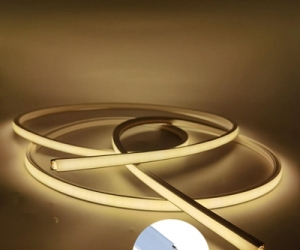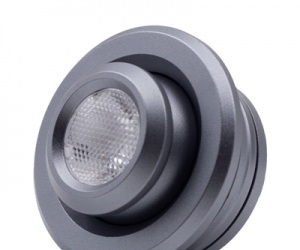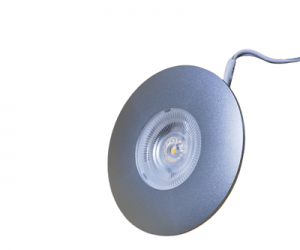There are a lot of under cabinet lighting products and the variety of features and forms can be bewildering. Not all lights are perfect for every under cabinet application, but each offers features to fit the décor, layout and existing furnishings of a room. When you’re preparing for installing under cabinet lighting, here are several things to keep in mind that will help you choose the right products to fit your installation.
1. Will you be replacing existing fixtures or creating a new installation? How simple do you need your replacement or new installation to be? You have many fixture choices, some of them are 12V DC and require a transformer, while others are 120V AC and connect directly to house power. If you’re replacing a high-voltage 120V fixture, you may want a direct wire LED fixture, which has a built-in 12V transformer and so connects directly to 120V house power. For new construction or if hiding a 12V transformer is not a problem, you will be able to choose from a wider range of 12V fixtures that have a separate power source.
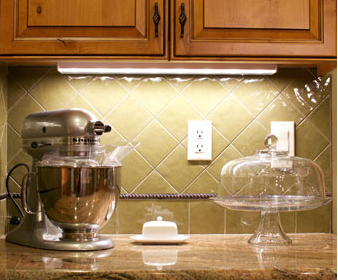
2. Examine your layout. Does the space where you’re installing under cabinet lighting need a compact light? Will the light source be hidden or should it be visible and part of the design? How long is the space to be lit and does it need continuous lighting?
Under cabinet lights come in several different form factors to fit different types of spaces:
- If you want a low-profile or recessed linear light, LED strip light may be the ideal solution. It can adhere directly to a surface or can be fitted inside a protective aluminum channel. Strip light is a continuous light that can be cut to almost the exact length of a space.
- A similar option is a rigid light bar or series of bars. Light bars are modular lights designed to fit into spaces with size limitations, or to be daisy-chained over several shelves and areas.
- If you want a more focused spot light, an LED puck light or spot module light is the perfect solution for you.
3. What color of white is right? Warm white light goes well with wood and other natural materials, cool white often matches modern or industrial décor, while neutral white provides a plain white light that’s neither warm nor cool. Color-changing RGB light or single static colors can add a festive vibe to a recreation room or home bar.
4. Will you need to dim the light? You may want a light that has a good range of brightness to suit different moods and occasions, or perhaps the space is multi-use, where bright task light is sometimes needed, while at other times a lower light is preferred, like in the evenings. In this case, be sure to choose a dimmable LED light and pare it with a low-voltage dimmer. If you don’t need to dim your lights, determine about how bright the light needs to be, since cost and brightness go hand in hand.
Choosing the right fixtures for installing under cabinet lighting will help you keep costs down, give you more control over your lighting, and add functional, practical light while enhancing the look and feel of your room.
-
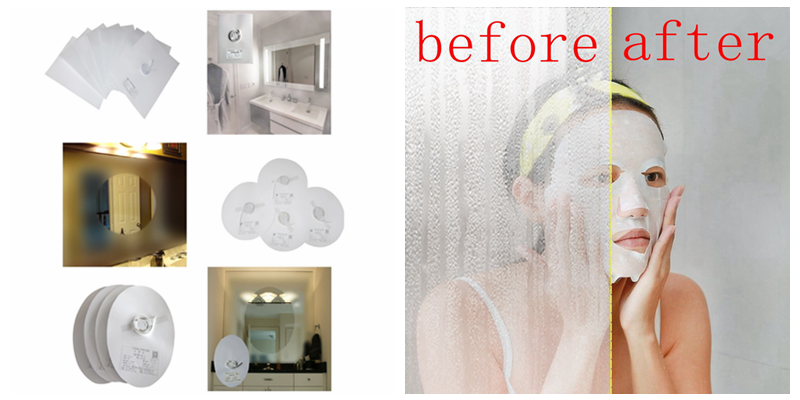 How to Install Heat Pad on Mirror?
How to Install Heat Pad on Mirror?Do you like ?0
Read more -
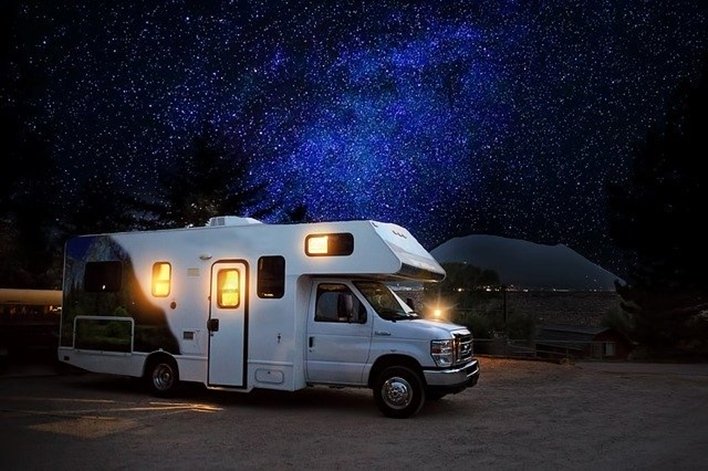 Why LED Lights are Perfect for RVs & Boats?
Why LED Lights are Perfect for RVs & Boats?Do you like ?0
Read more -
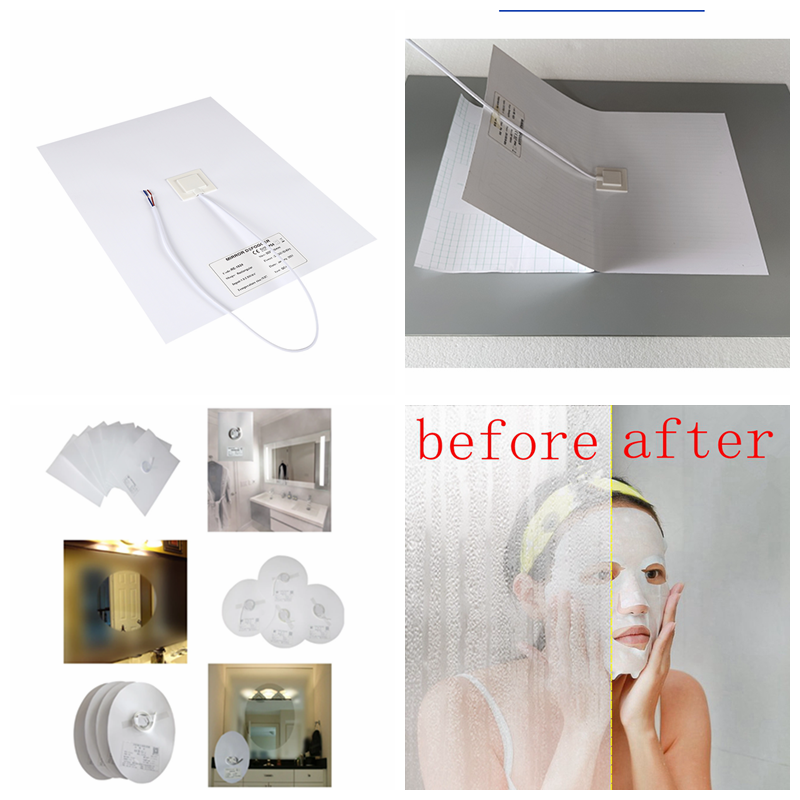 How Good Anti-fog Film for Mirror!
How Good Anti-fog Film for Mirror!Do you like ?0
Read more -
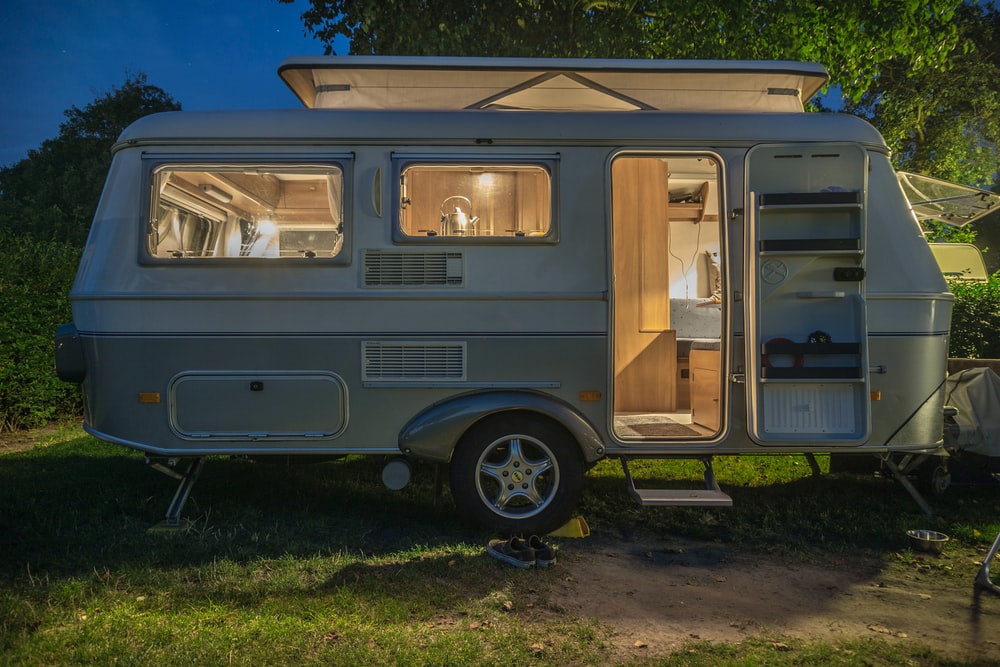 How do you choose which lights to buy for your RV’s interior?
How do you choose which lights to buy for your RV’s interior?Do you like ?0
Read more -
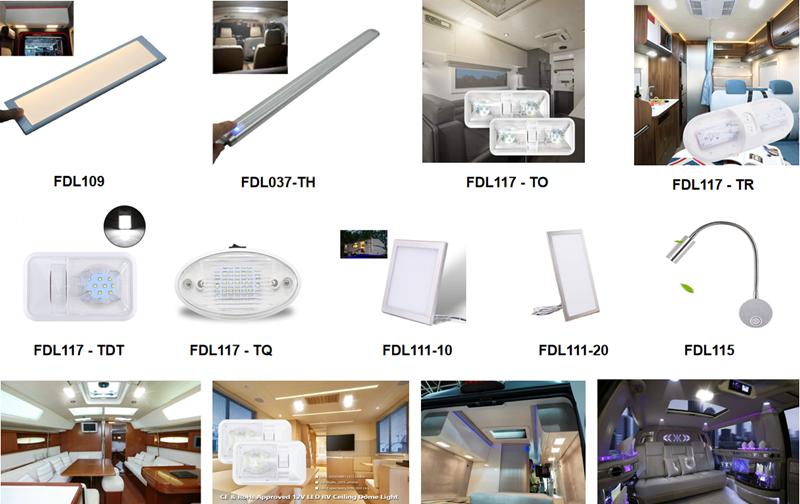 What Are the Most Common Interior Lights Used by RV Manufacturers?
What Are the Most Common Interior Lights Used by RV Manufacturers?Do you like ?0
Read more -
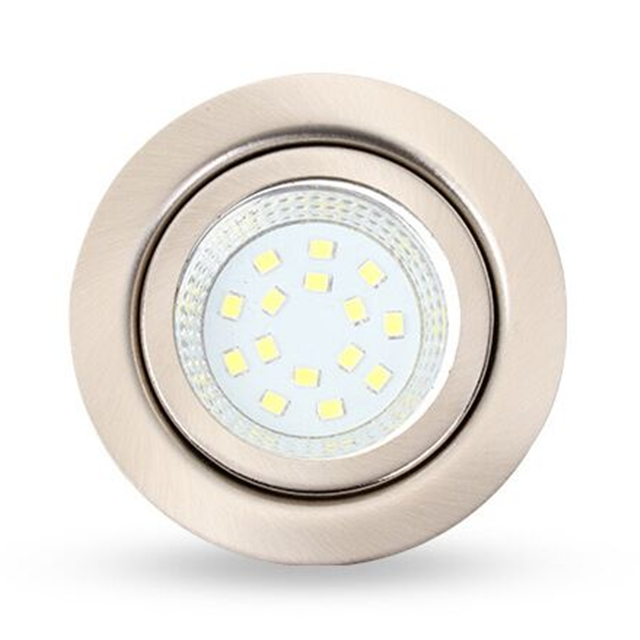 Do You Know The Great Uses for Puck Lights?
Do You Know The Great Uses for Puck Lights?Do you like ?0
Read more

